1912 Talbot 12HP Sporting Model
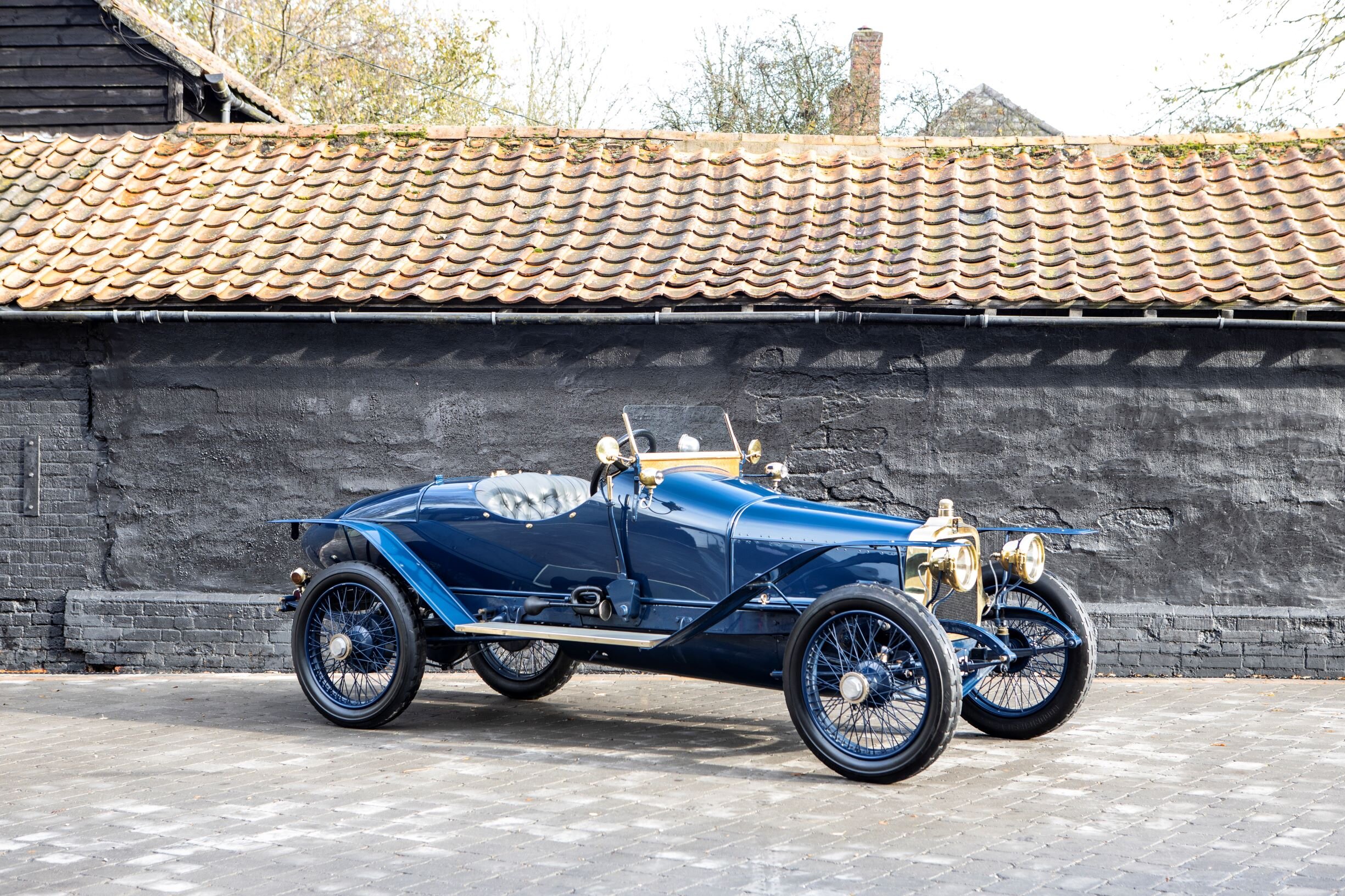
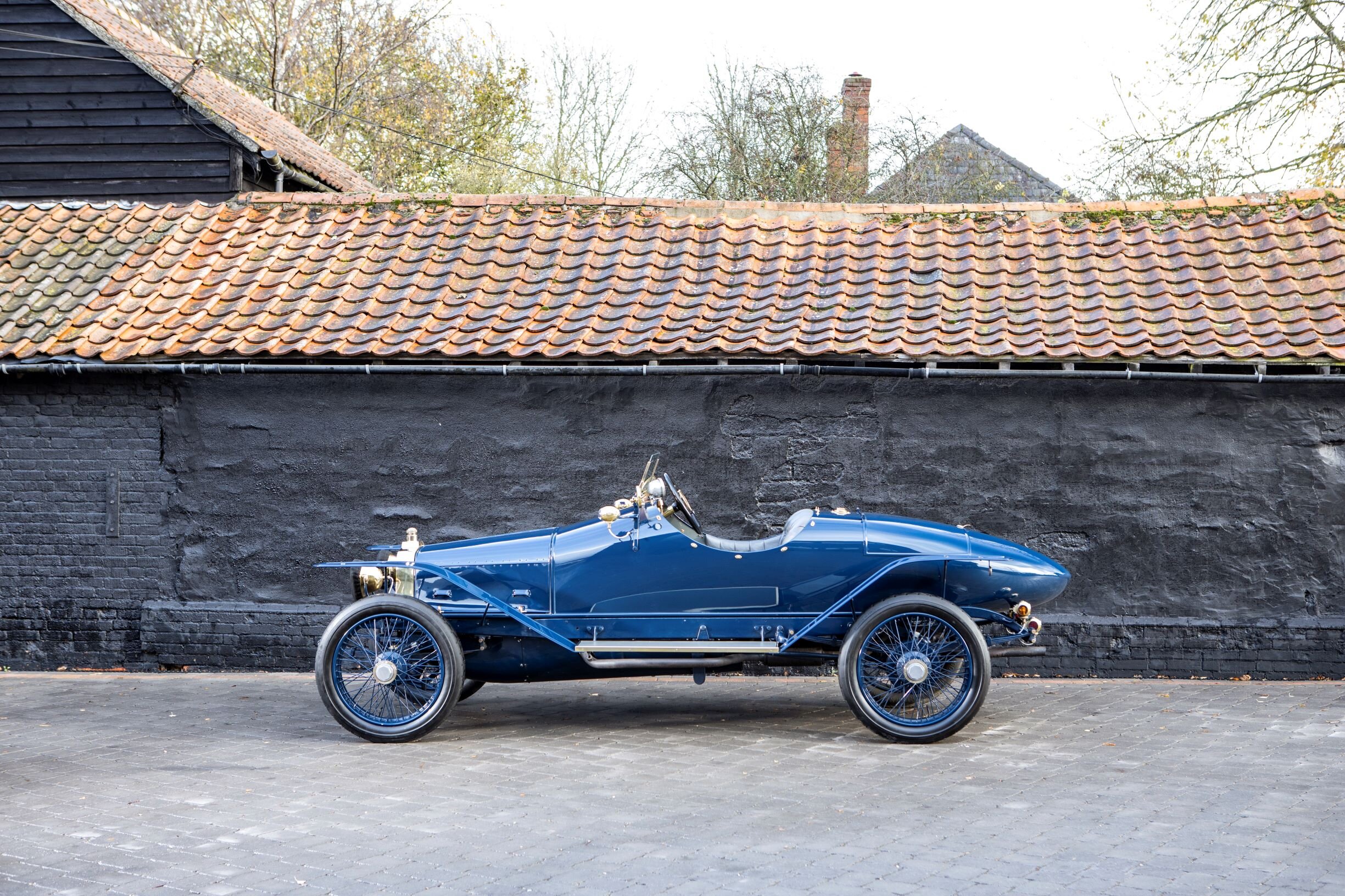

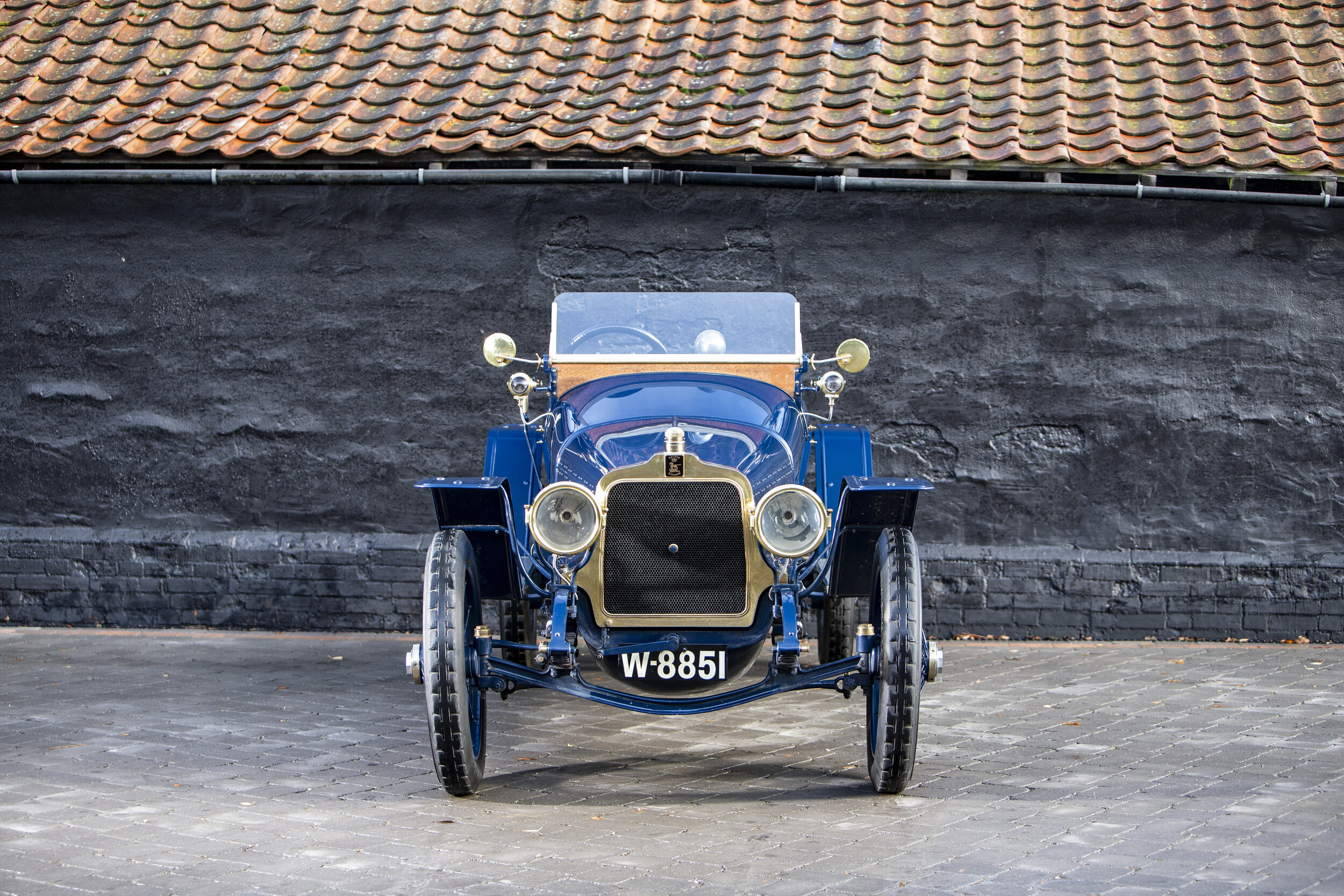
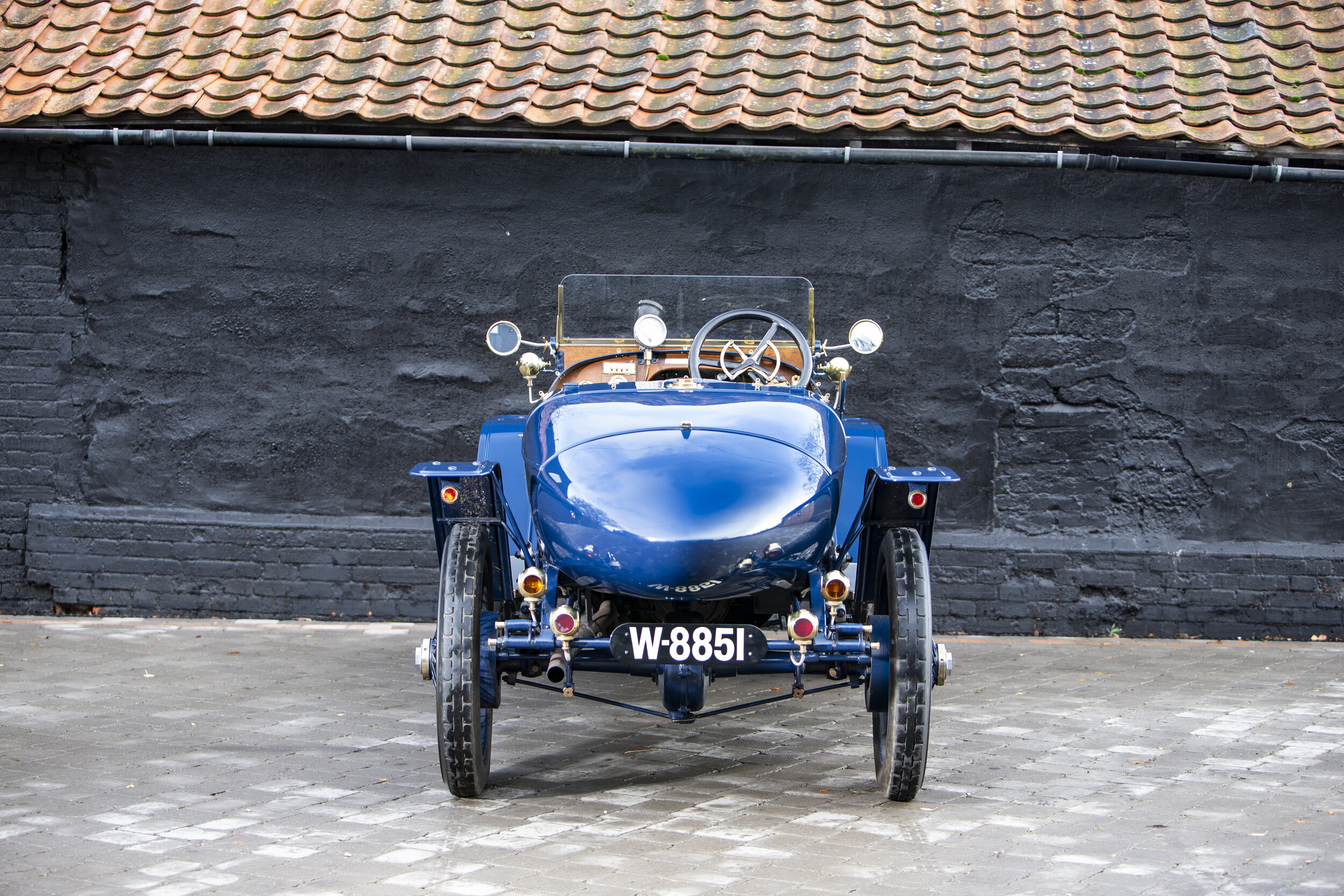
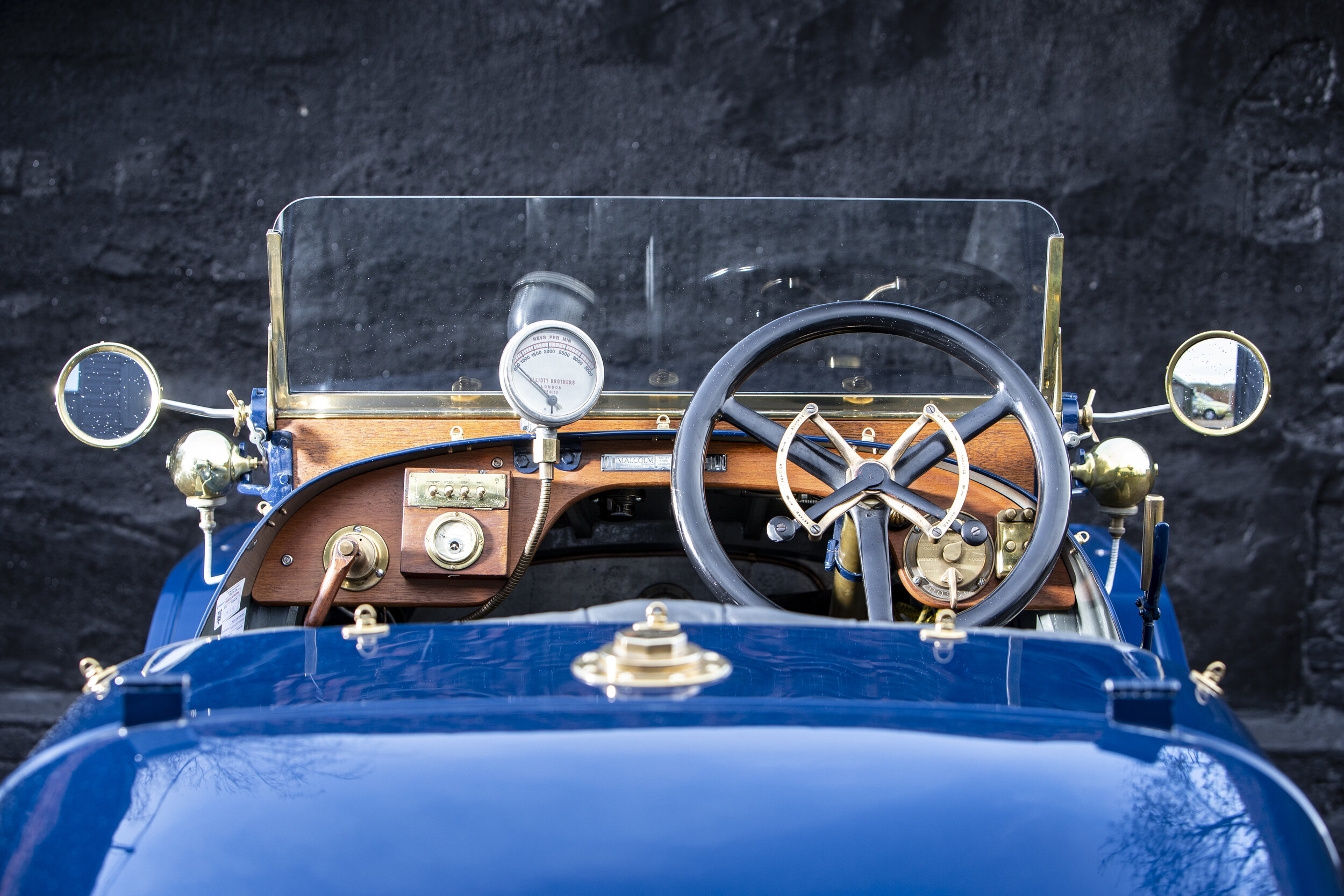











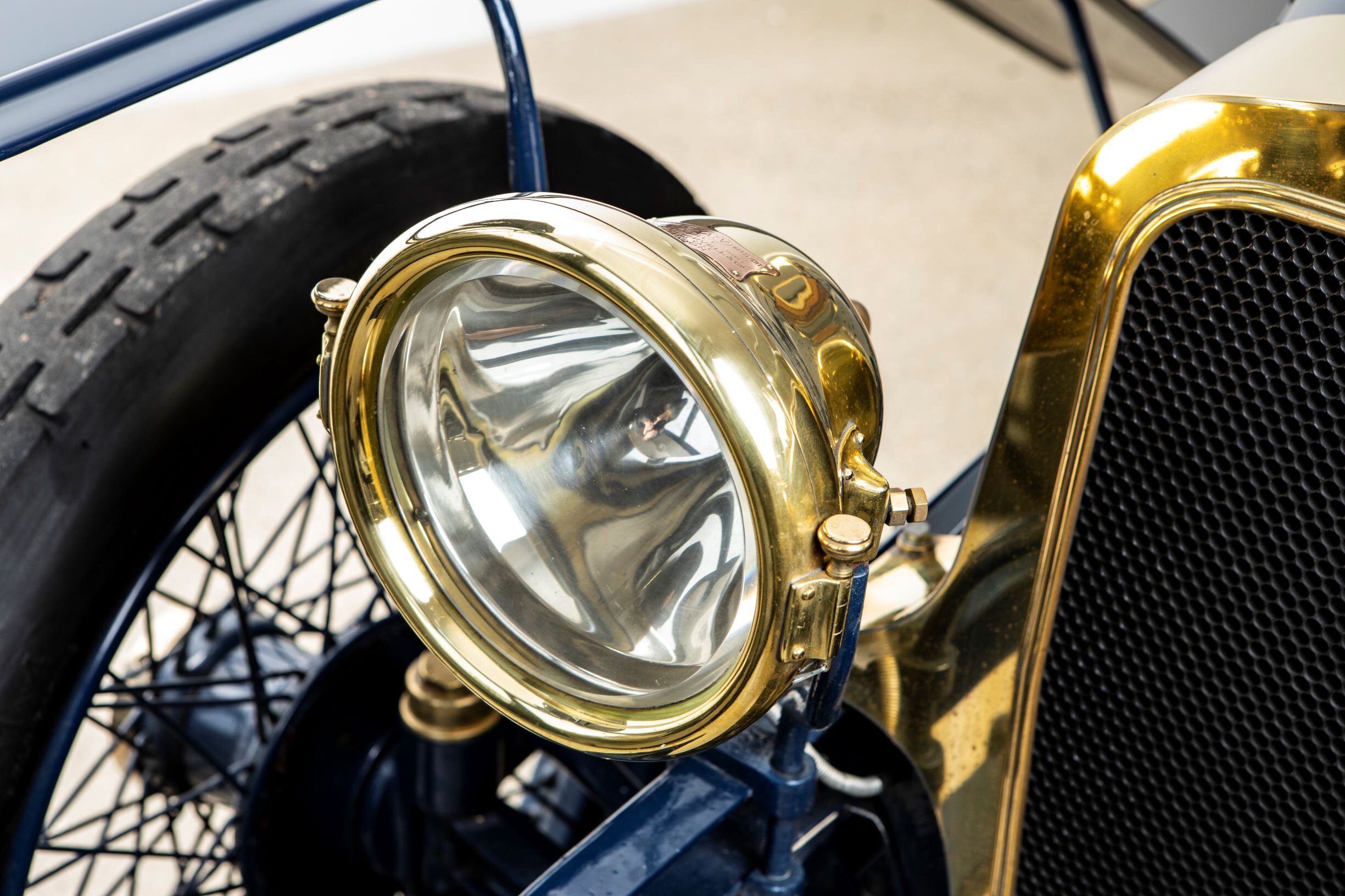








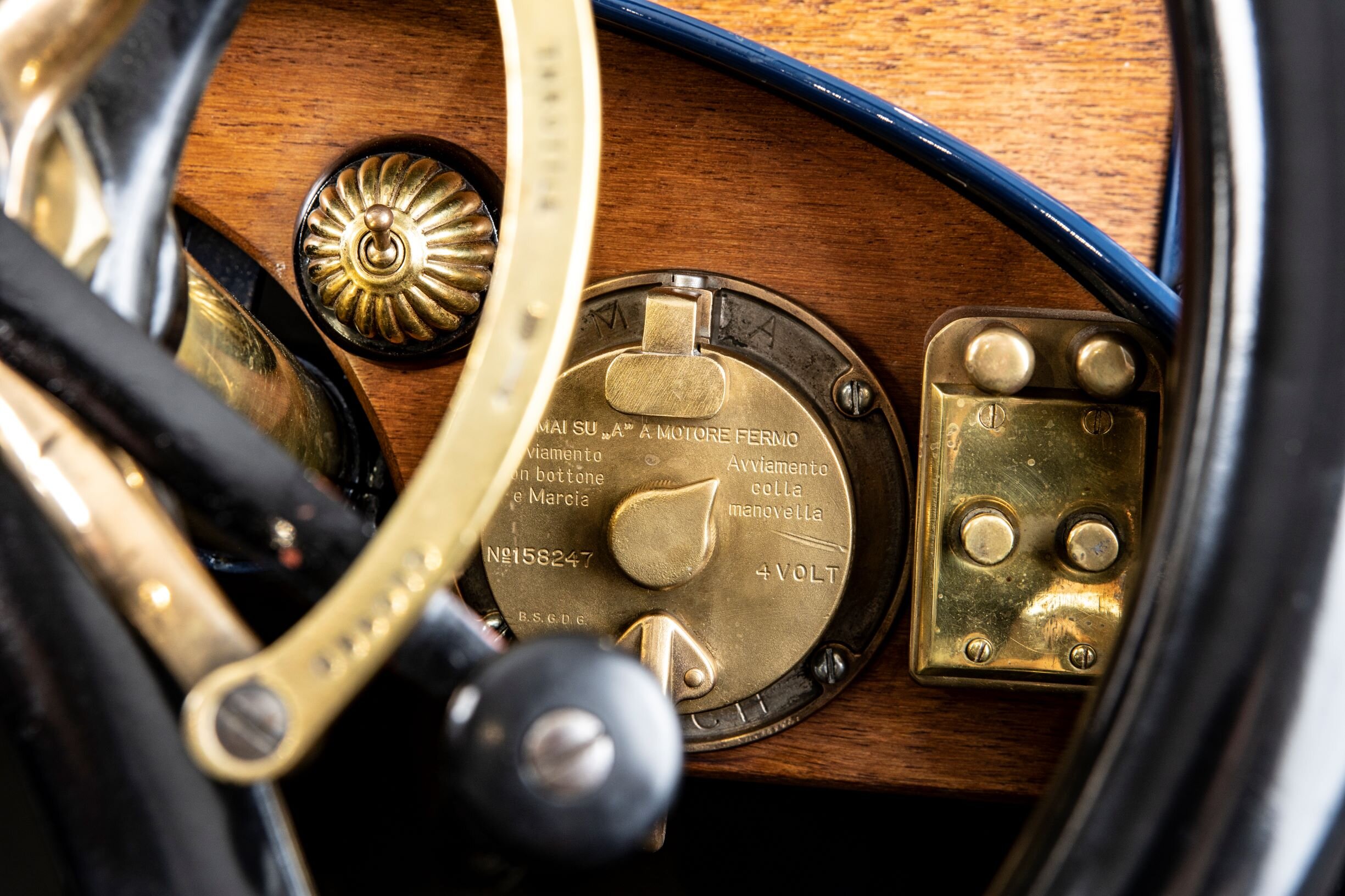




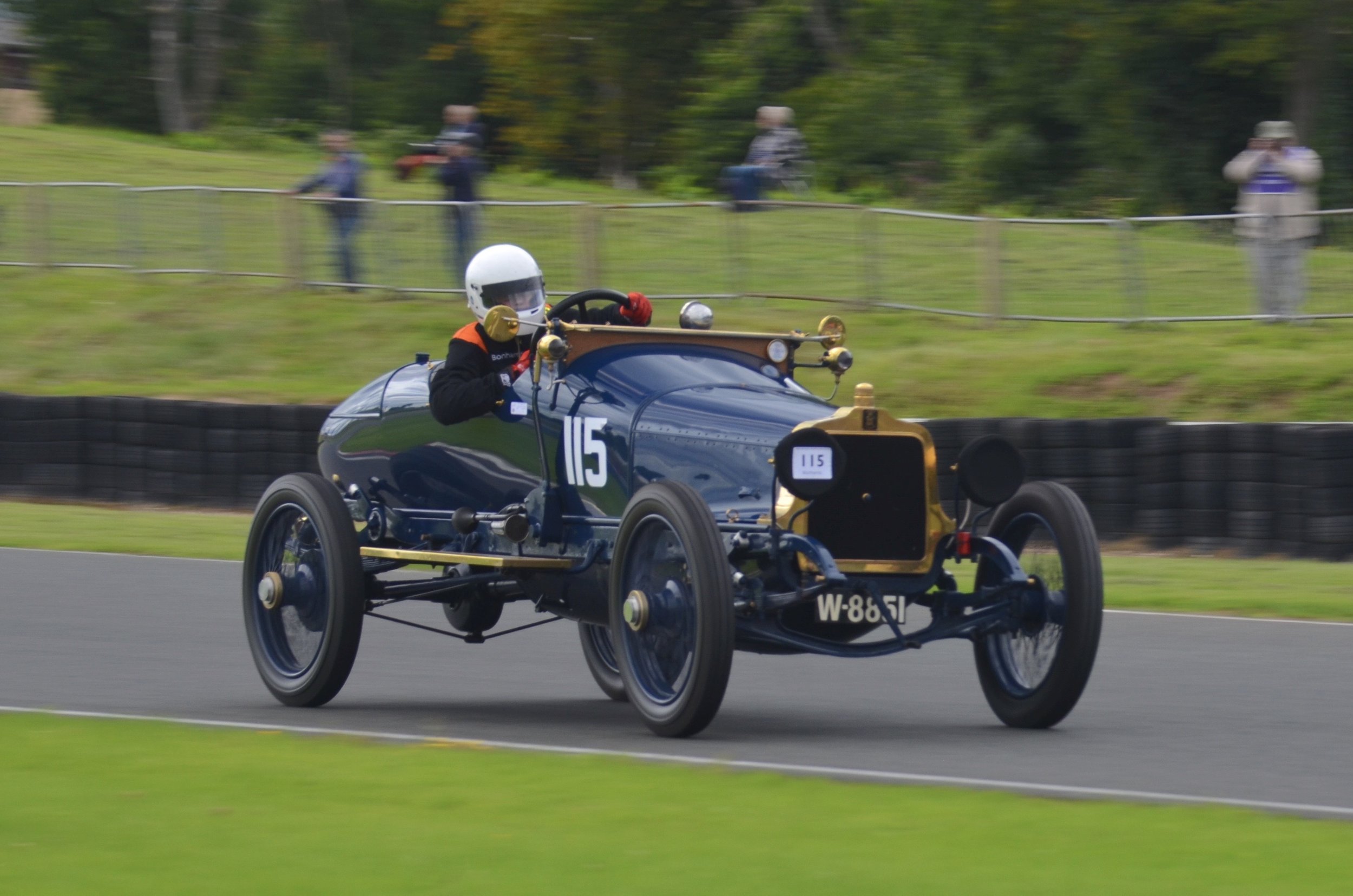
Registration: W8851
Chassis no: 3567
12hp Talbots
12hp Talbots first acquired a reputation for performance soon after production of Talbot cars started in London. These Talbots were virtually unbeaten in their class for several years. Their sporting dominance was recognised in 1906 when the Autocar wrote about them “The performance of the invincible 12-16 hp Talbot in the Frome's Hill-climb is, to say the least of it, remarkable”. The passing use of "invincible" was picked up by others and adopted by the company and frequently used into the 1930s to describe Invincible Talbots.
In June 1911 the remarkable young engineer George WA Brown joined Talbot having already successfully developed cars for Argyll, Humber and Austin. He set about re-designing the already successful 12hp Talbot model, producing a new model the 4CT, also turning his attention to the 25HP model which went on to be the first car in the world to achieve “100 Miles in the Hour”.
All of the four-cylinder models developed under Brown enjoyed great competition success in sprints and hill climbs both in the hands of individual owners and as what was in effect a works team entered in the name of Lord Shrewsbury. The Talbot competition team included 12hp, 15hp, and 25hp models. These were in 2 seat and single seater form including the one Percy Lambert used to take the 100 Mile record.
Thus between 1912 and mid 1914 the 12hp Talbots were dominant in speed events and hill climbs across the UK. They proved that size doesn’t matter and their performance and efficiency often outshone much larger models.
4CT
The 4CT model has a 4-cylinder engine cast in pairs with a bore of 80mm and stroke of 120mm. The water pump and magneto are driven by a cross shaft driven by a skew gear from the camshaft. Talbot went to great efforts to balance the engines and provide it with a strong crank. Courtesy of large valves and efficient manifolds this means that it can rev strongly. Fuel is pressure fed with an air pump driven from the crankshaft. Ignition is Bosch dual ignition with coil and magneto. The gearbox is conventional with 4 forward and a reverse gear and the transmission is cardan shaft/torque tube with twin radius rods.
The chassis has a 9ft 4in wheelbase and 4ft 3in track. The factory offered the 4CT in 1912 as a chassis for £350 as well as bodied with various two and four-seater rotund or torpedo, landaulette, cabriolet or limousine bodies.
Although described as a 12hp the standard car had a 15.8 RAC rating H.P. and 28 BHP in standard form at about 2,000 rpm. In competition form with higher revs this power increases considerably.
In Competition
Having developed its own team cars for competition Clement Talbot also offered the public Sporting Models with “special and lightened parts for Hill-Climbing and Speed Competitions with either single or two-seated bodies”. These had a different camshaft and valve gear and other modifications to increase performance.
The Clement Talbot factory team cars were laid up during the 1914-18 war and were then all acquired by Malcolm Campbell. The creation of the STD combine unfortunately meant that Talbot was not interested in picking up and developing the earlier sporting pedigree. Campbell took a Talbot agency and advertised the team cars for sale by competing with at least 2 of the 12hp cars alongside the works 25hp cars. The latter’s competition engines (including Lambert's) were transposed by him to later 25 HP chassis and competed by Campbell, Vandervell and Barnato at Brooklands, Kop and elsewhere into the early 1920s.
Campbell also competed in the 12 HP Talbots at Brooklands and in various speed events into the 1920s with much success. One 12hp competition car was later acquired as a student by Anthony Powys-Lybbe (later accomplished racer of 8C Alfas) who added a taller contemporary radiator to modernize its appearance. He competed in his 4CT in various events from the 1920s into the 1930s. Motor Sport (Page 46, May 1976) wrote about his 12hp car: “Wishing to continue driving in trials, he acquired a 1912 Talbot 12 CT for £25, a car Malcolm Campbell had used for hill-climbs. It was endowed with a light body and headlamps set close together, as on later racing Talbots, and was introduced to the SODC at their Night Trial, with Hubert Hardy as passenger. The pre-war Talbot did very well, winning the 1933 Hess Challenge Cup in the Night Trial but was later destroyed in an accident.” The fact that a 12hp was still capable of successful sporting use in the early 1930s speaks volumes. Motor Sport quotes Powys-Lybbe as saying his 4CT was “faster than a 3 litre Bentley”.
The car offered
According to factory records 4CT Chassis no.3567 was ordered on 22nd November 1911 via Tozer Kelmsley and Fisher Ltd (Talbot’s export and shipping agents) for Kellow Motor Co in Melbourne. It was erected as a chassis by the factory on 10th June 1912 and was sent to the coachbuilders “Pere et Fils” for a Torpedo body to be fitted. It was then completed and delivered for shipment on 25th July 1912. Its early life in Australia is not known.
The survival of ‘3567’ is down to one man. Gordon Taylor was an Englishman who had emigrated to Australia after the end of World War 1. He took a job working as an expert in side-valve Talbots for Kellow Motor Co in Melbourne. Kellow was one of the more prestigious agents in Melbourne and as well as being agents for Rolls Royce, Napier and Humber they were appointed by Clement Talbot Limited as Talbot agents.
Although Gordon Taylor was initially employed by Kellow he went on to open his own garage business. Whether through his own business or via his contacts at Kellow it seems that he kept in touch with many of the early Talbots Kellow had supplied. As the cars got older and were traded in or taken off the road Gordon Taylor decided to stop them all being scrapped. He acquired a disused former Masonic Hall and used this cheap storage to hold what became a significant collection of Edwardian Talbots. Gordon Taylor’s enthusiasm also meant he used a 4CY model as his daily transport along with ‘3567’. The body on ‘3567’ was modified to produce a small pick-up which Gordon used around suburban Melbourne. When he died sometime in the 1950s or 1960s his collection passed to his sons.
Eventually the Masonic Hall had to be sold off and along with it the collection of Talbots. This sale was responsible as the source for many of the Edwardian Talbots that survive around the world. As one of his personal cars ‘3567’ was retained by the family a little longer until his sons also died and the personal family cars were also sold off.
‘3567’ was bought by Dick Parrot of Shepreth and brought back to the UK as a complete and unmolested running chassis. The non-original pick up body was poorly fitted and not suitable for restoration. ‘3567’ was purchased by I S Polson in 8th October 2000 with the idea of preserving and using the very original, low mileage chassis which retained all of its nice period features and fittings. It was decided to re-body it appropriately.
Arch Talbot enthusiast David Jones bought ‘3567’ from I.S. Polson in December 2003.
Restoration
Jarvis Coachbuilders were commissioned to produce a body that was lightweight and faithful to all the available contemporary photographs of the Competition models that the factory used to great success between 1912 and 1914. The wing details were taken from the sister 12hp cars Campbell also used so successfully in the early 1920s.
The mechanical aspects were entrusted to our sister restoration business Talbot specialists I.S. Polson. The chassis and running gear were comprehensively overhauled, see invoices on file illustrating the meticulous, no expense spared attitude that was taken by the owner to getting this car absolutely right in every respect..
The engine was completely rebuilt and balanced. In order to provide the performance of the Competition models, new pistons were made to raise compression, a new camshaft and valve gear designed to achieve the higher valve lift that Talbot had used and new rods made to ensure the engine could rev safely. A larger inlet manifold and larger 36mm competition Zenith carburettor fitted. As such the engine has proved remarkably strong, torquey and powerful for an engine of this type, frequently being revved to over 3000 rpm with no ill effects.
Recent use
Following its restoration ‘3567’ has been successfully used in sprints and hill climbs and has proved to be a match for larger engined but less efficient Edwardians, frequently being placed in its class. It has competed in VSCC’s Edwardian races and proved to be both quick and reliable proving to be the second fastest non aeroplane engined finisher in the last race it competed in. As a mark of its quality and performance in October 2020 ‘3567’ was invited to participate in the SF Edge Trophy at Goodwood, where it finished strongly and was timed at 73.7mph. It is also worth noting that there is scope for further development, since as Talbot did in period it could be fitted with a long-stroke crankshaft which would increase the engine size to 3-litres and of course give a useful increase in power and torque.
Purchased from David Jones via ourselves by the current owner a connoisseur of fine veteran and Edwardian cars, whilst in his care the ‘3567’ has been used sparingly and maintained by the highly respected Jonathan Wood. Only offered for sale because the owner feels a car that performs as well as this on the road, deserves to be used more than he is currently able. ‘3567’ is a pleasure to drive whether on the road or in competition and indeed would make an ideal entry for the Pioneer class of road rally events such as the Flying Scotsman or Shamrock, being able to cruise at 60mph. It has been admired for its restoration and condition wherever displayed, receiving for instance the prestigious “Silver Con Rod” trophy for its condition and preparation at its first appearance at VSCC Prescott.
